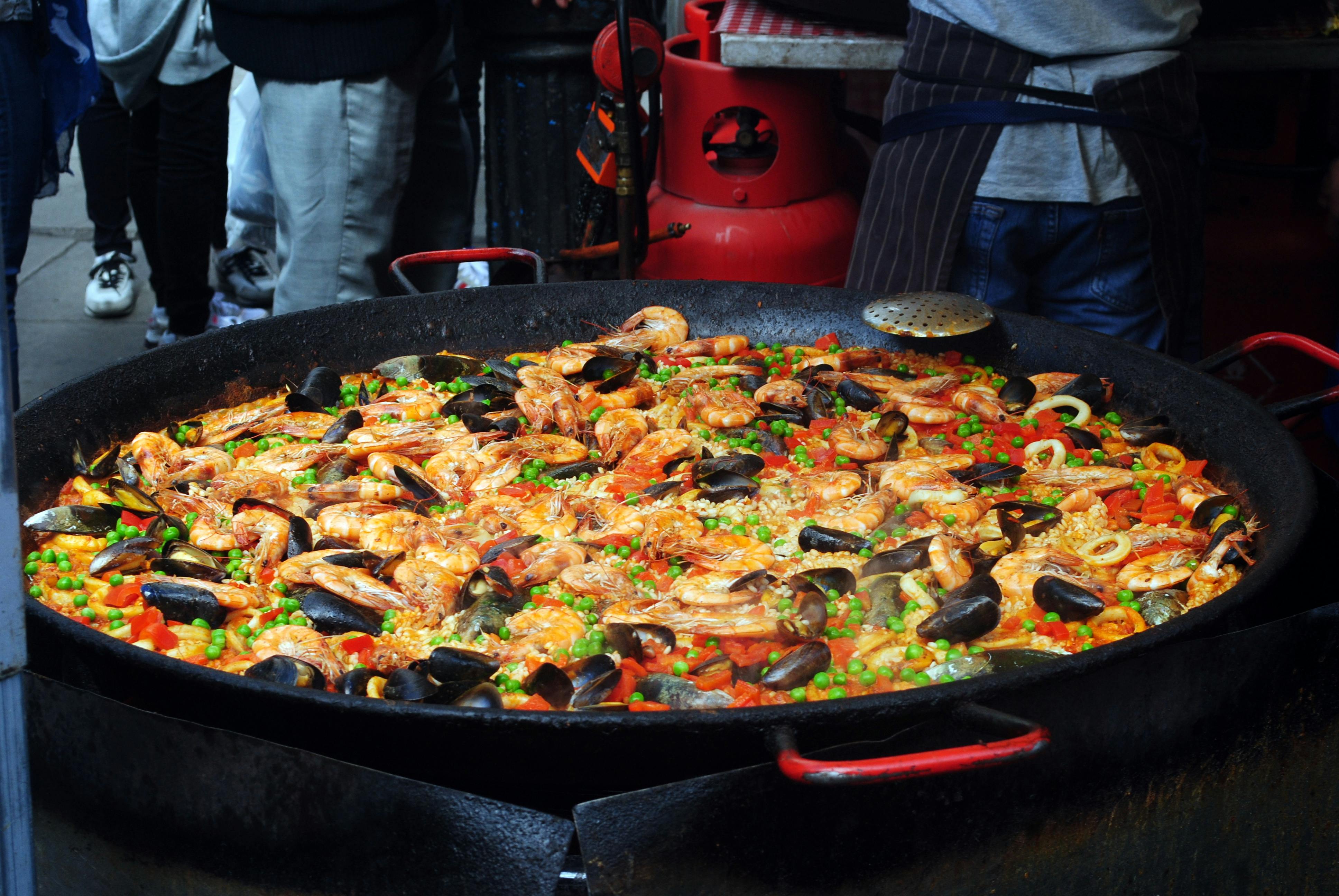
Ways to measure hotel kitchen performance
What do hotel visitors value most? Of course they want to live in nice rooms, be able to use the telephone and the Internet, receive additional services as well as be able to enjoy exquisite cuisine. Yes, many people choose hotels simply because of the cuisine and the reputation of the hotel’s restaurants. This especially applies to five-star hotels that attract wealthy people who love to spend money eating excellent food. World famous chefs often work in hotel restaurants. They create an excellent reputation and in a way become the most effective advertising and promotion tool for hotel owners. If hotel managers want to improve performance and achieve positive financial results, they need to pay due attention to the hotel’s restaurants or kitchen. This can be a separate evaluation or a part of the huge process to measure the efficiency of the hotel management.
Balanced Scorecard is being actively used in various industries, including the hospitality industry. This fantastic strategic management and performance assessment tool helps put strategy into action. Of course, the balanced scorecard will not solve all business problems at once. However, it will help to visualize the strategy and locate the problems and the discrepancies of the strategic objectives. The principle behind the balanced scorecard is quite simple: it uses key performance indicators to measure the company’s progress or setback on its path towards implementing strategic objectives. In hospitality industry terms, these KPIs relate to everything that happens inside and outside of a hotel. Hotel kitchen performance evaluation is a very important process. A lot of money is spent to maintain the kitchen and provide breakfasts and dinners for visitors. This money can either be spent efficiently or hotel visitors may not like what they are served. Undoubtedly, the balanced scorecard can help to discover problem areas in a hotel kitchen, as well as to solve problems to achieve strategic objectives. All hotel owners dream of having an excellent reputation due to their world-famous cuisine.
The key performance indicators for hotel kitchen evaluation fall into four categories: financial, customers, internal processes, learning, and growth. In fact, these are universal balanced scorecard categories that are used in various industries. So, let’s look at each category in the context of hotel kitchen performance evaluation.
The financial category covers all key performance indicators related to hotel kitchen revenue and expenses. The hotel spends some money to buy food, maintain the restaurant and kitchen, pay the waiters and chefs. In return, clients either for dinners or dinner expenses are included in the room price. Assessment of financial indicators will help to examine the profitability of the kitchen.
Key customer performance indicators cover customers’ satisfaction with the existing kitchen, their preferences and demands. Customer satisfaction is very important as everything the hotel staff does is done for the customers. Indicators such as new dishes and drinks per 100 guests or the time a guest spends in a hotel restaurant can help gain additional insights into hotel guests and their culinary preferences.
The internal processes and the categories of learning and growth refer to the kitchen staff of the hotel. Indicators such as the number of training sessions per employee, the average amount spent to educate a waiter, etc. can be used here.